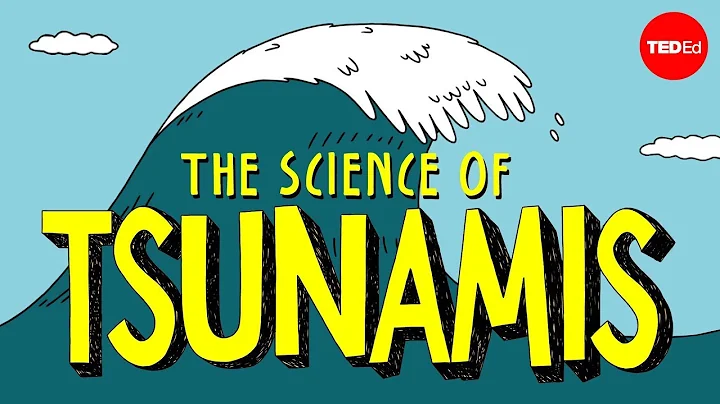China News Service, Beijing, December 23 (Reporter Sun Zifa) In response to the recent tsunami in the Sunda Strait of Indonesia that caused a large number of casualties, relevant experts from the Institute of Geology of the China Earthquake Administration and China Seismological Network Center analyzed that, When the tsunami occurred, there was no moderate or strong earthquake of magnitude 6 or above nearby. It was initially determined that the tsunami was caused by the eruption of Krakatau volcano in the Sunda Strait.
According to information released by the Indonesian National Disaster Management Agency, at 21:27 local time on the 22nd, the Pandilan and Serang districts of Banten Province and southern Lampung Province near the Sunda Strait were hit by a tsunami, which has killed more than 40 people and 600 people. Several people were injured and hundreds of houses were damaged.

The picture shows a disaster victim passing by a car damaged by the tsunami.
Experts from the China Earthquake Administration said that the Sunda Strait is located between Java Island and Sumatra Island . It is part of the Sunda Island Arc convergence zone and is the positive subduction of the Indian Ocean-Australian plate to the north Java Island . The transition zone of oblique subduction of island in Sumatra. Except for the nearly northwest-trending Java subduction zone and the Sumatra Fault Zone in the south, the Sunda Strait and adjacent areas have no active faults near the strait, and the strong seismic activity recorded by instruments is weak, but Quaternary active volcanoes are widely distributed in the area.
The Krakatoa volcano is a volcanic island group formed by multiple volcanic eruptions. The highest altitude is more than 800 meters, and the water area is about 10.5 square kilometers. It is recorded that the eruption of Krakatau volcano in 1883 triggered a tsunami, which was said to have destroyed hundreds of villages and cities and killed more than 30,000 people.
Expert analysis pointed out that the erupting Krakatoa volcanic activity began in 1927, when the volcanic cone was still below sea level. Since 2013, the cone of Krakatoa has been above the water and is still growing. Currently, the Krakatau volcano has an altitude of 338 meters. It erupted on June 20, 2016 and February 19, 2017. It began activity in the form of an explosion on June 29, 2018. The volcanic debris generated by the explosion Objects landed within 1 km of the volcano, and activity of white-hot material (magma) has been observed near the coast since July 23.
At 9:30 on December 22, 2018, the Krakatau volcano erupted again. The eruption column was 300-1500 meters higher than the edge of the crater. The seismic activity continued, with the maximum amplitude of 58 mm. This happened after a long period of time. Tsunami. As of December 23, the volcano alert level is still Level II, and the 2 kilometers around the crater is a danger zone. NASA satellites and International Space Station astronauts have more than once observed volcanic ash being emitted by Krakatoa volcano in space.
Experts said that earthquakes, volcanic eruptions, submarine landslides or destructive waves generated by meteorological changes can produce tsunamis. Generally speaking, tsunamis caused by earthquakes are more common than those caused by volcanic eruptions. Although the eruption of Krakatoa volcano was limited in scale, with the height of the eruption column being only 300-1,500 meters, because the volcano is located offshore, the volcanic eruption caused the volcanic cone to collapse, forming a submarine landslide, thereby inducing a tsunami. At the same time, the tide ( Full Moon) activities also increased the intensity of this tsunami event. (End)





















